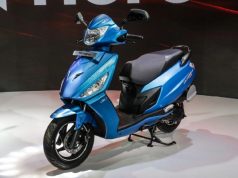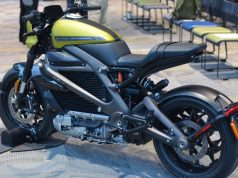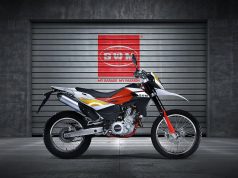Somewhere a 200cc engine makes 25bhp and a 300cc engine peaks out at 25bhp, how it is decided?
Everyone talks about the power and torque figures of motorcycles. But have you any idea which how much power is more stressful for the engine and how much horsepower will make your engine last longer? I don’t think we common people have any idea about this. Let’s discuss it here, in layman terms, how much power is too much for an engine.
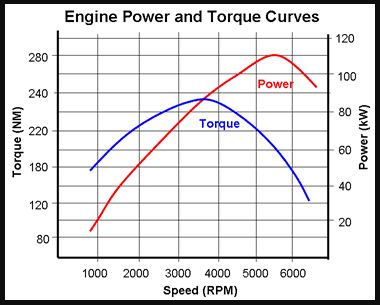
At the very first, I want to make an argument that a petrol engine (we are talking about motorcycle engines here) generates anything around 10% of its total capacity. To make this statement clear, take for example a 100 cc engine, in commuter bikes a 100cc engine makes about 7.5bhp to 8 bhp. This amounts to about 7.5% to 8% of its capacity (cc). This number is usually the same for all the commuter motorcycles though.
When we move on the chart to sports commuter bikes like Pulsar 150, Hornet 160R, and other 150-160cc bikes, the power is increased a bit in order to give bikes a sporty character without hurting the price and value. With the power percentage of around 9% for all engines with a 2-valve head is the maximum. Why? because we also want engines on these bikes to have a long life too. Don’t we?
The power figure is about 10% of the engine capacity in cc
A Proper 10% mark is touched (and crossed) when a 4-valve head is installed on the engine. Like Apache 200 4V which gets a 4-valve head pumps out more than 20bhp. Wait, I’m speaking about horsepower and not ‘PS’. There is a minute difference between them (746 Watts makes 1bhp and 736W makes 1PS) but bhp feels original. PS is used to provide whole numbers for the power figure like in the Dominar which makes 39.5bhp but marketed as 40PS as it is whole and also looks ‘more’.
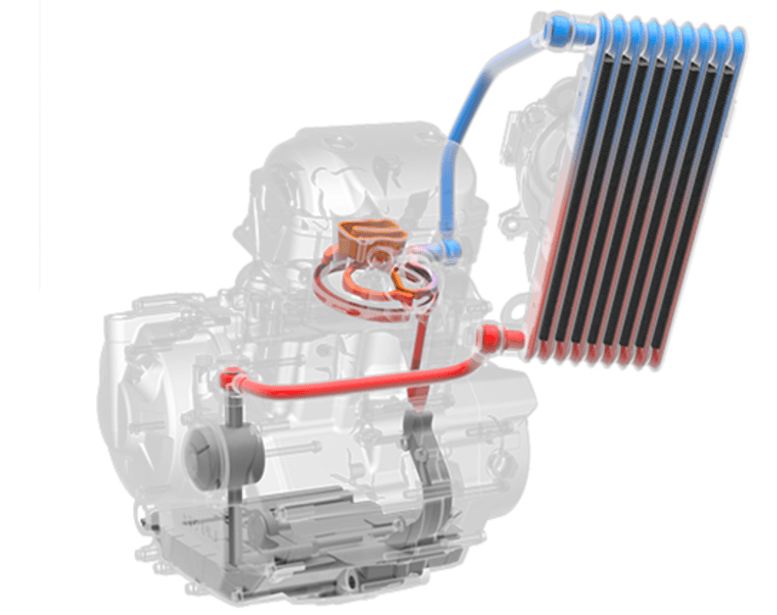
You might have noticed that Pulsar NS200 which is also a 200cc bike but churns out 23bhp. That’s because it’s liquid-cooled which allows for a higher compression ratio in the engine to further increase the power output. Well, in the case of Duke 200, it is the more expensive materials for cylinder and piston allows the ECU to be tweaked in such a way that it pumps out massive 25bhp. This is by far the most power-dense single-cylinder engine on Indian roads.
This is it. a 12.5% power percentage is what you can get at this price point without killing the engine life. However, the Dukes are also the motorcycles which come with a lot of problems like overheating, valve problems and worn off piston rings, etc. There is another motorcycle, the Ninja 300 which generates 38.5bhp from its 296cc engine, hence a 13% power density. At this point, the engine requires high tech material and engine management for longer engine life.
Engine and power output for touring bikes
Why do you think, Honda CBR250R belts out just 26bhp? Because that motorcycle was made to tour, and tour longer distances without stopping. Therefore, CBR250R has the highest engine life of about 1.6 lakh km before changing the piston rings and other vital components.
If you are wondering why Jawa’s 300cc engine, which is both liquid-cooled and has 4-valve head, still makes only 27bhp. This is because the company chose to arrest the power with the help of ECU. As the motorcycles are classic are not meant for high revving there is no need for higher power output. But no one can deny the fact that Jawa bikes will have a considerable engine life provided they are manufactured with dedication just like the Japanese.
Super Sports and MotoGP
Most liter-class bikes are making about 200 odd bhp. Yeah, that’s quite high even for them. At about 20% of the capacity, these engines are the highest revving and technology packed in the world. Take, for example, the Kawasaki Ninja ZX10R puts out 197bhp from 998cc, it turns out to be 19.75%. This is for the naturally aspirated engine.

The Kawasaki H2R develops highest among all the bikes at 322 bhp with its 1-liter supercharged engine. This is ridiculous 32% of capacity, highest for any bike. Supercharged engines get more air, which explains the insane amount of power. For the naturally aspirated engines, I just wrote enough.
MotoGP bikes are the ultimate machines on two-wheels, their 1-liter naturally aspirated engines pump out about 240bhp. So, 24% it is. This is the limit of naturally aspirated petrol engines and beleive me their life is in hours.
Torque is also affected
The same thing happens with the torque as well, it is always less than 10% of the engine capacity unless a petrol engine is turbocharged or supercharged. Torque is depended on the shape of the cylinder. A cylinder with a small bore and longer stroke (under-square) will generate more torque at lower rpm. Example for an under-square engine is your favorite Royal Enfield Bullets and Classics. The square engine is where bore and stroke have similar dimensions and are used in normal commuter bikes and scooters. An oversquare engine is the one with a large bore and shorter stroke, mostly used in performance bikes from Pulsars to the liter-class superbikes.
Last Words
What I wanted to tell you with this post is, the power figure is not just a number it also tells a lot about your engine. One can say whether the bike is for touring or track riding just by looking at the power and the torque figures and their peaking rpm. Extracting too much power from a small engine will definitely reduce its reliability factor and life will be short. That’s why it is usually said to avoid any kind of engine performance mods without proper knowledge about it.
Ride Safe, Ride Hard, and always wear a helmet while riding. Stay Tuned for more from the world of motorcycling.
Follow us on Facebook, Instagram, Twitter and Subscribe to our Youtube Channel.







